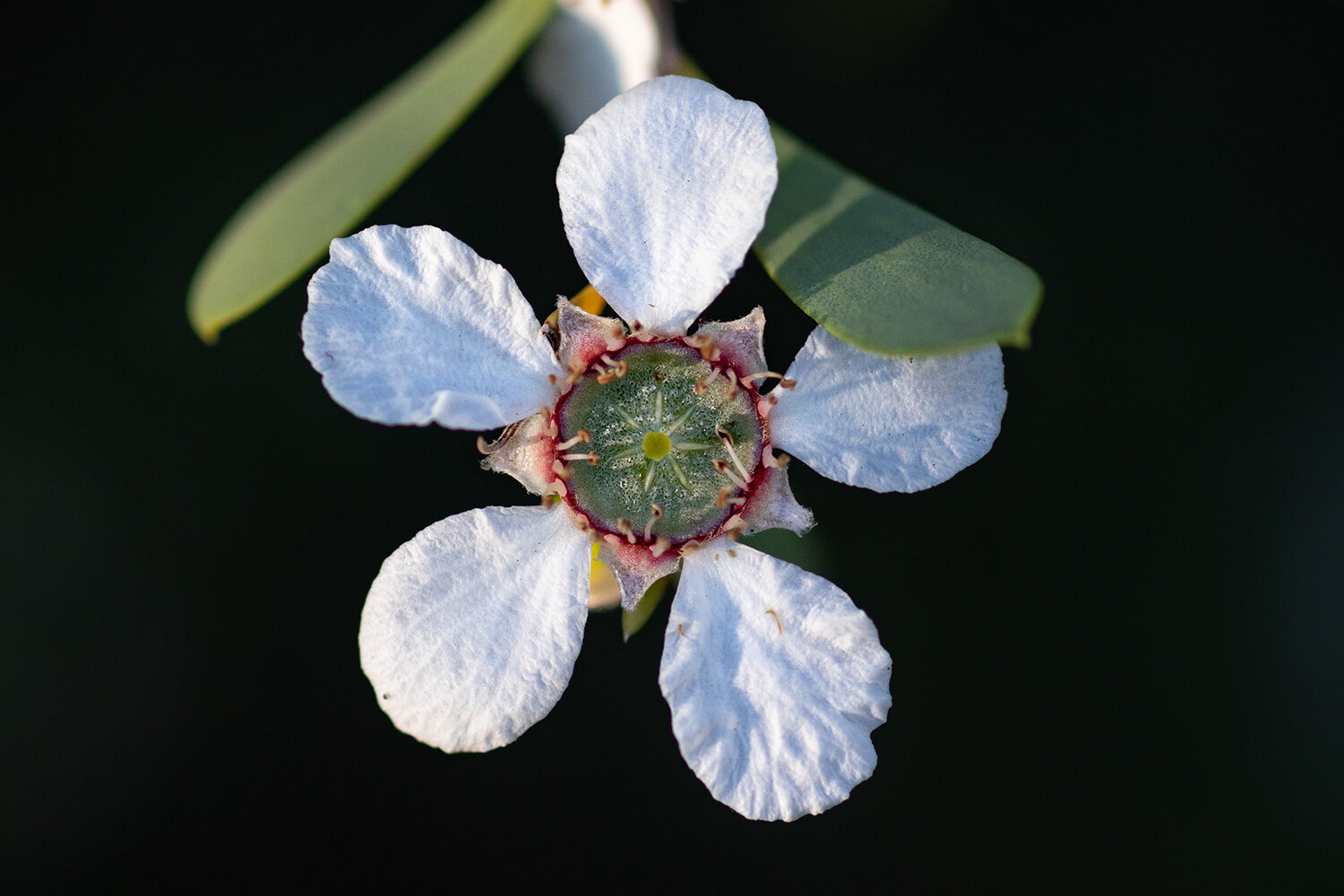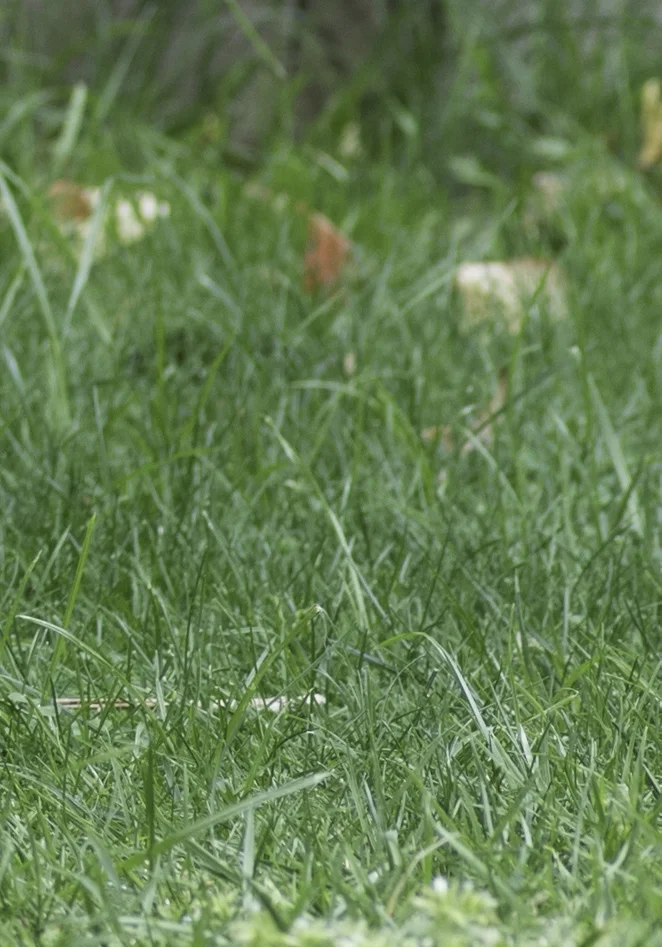This post is a review-of-sorts of the Zeiss 100mm f2 Makro-Planar, although in actual fact its more like an answer to my own question: is the Zeiss worth it for macro photography?
I bought the Zeiss 2/100 secondhand back in August 2018. I already owned the Canon 100mm f2.8L IS USM which is a world-class lens which, by all accounts, holds its own against virtually any other macro lens. So I really didn’t need another 100mm macro lens, but… you know. I’d heard good things about the Zeiss Makro-Planar - it has a reputation for producing super sharp, contrasty images with a luxurious bokeh. So I just had to try it out.
(Note that this Makro-Planar version is now superseded by the Zeiss 100mm f2 Milvus which is virtually identical except for a better build and slightly improved lens coatings. The optical design remains the same and the two are no doubt very similar. For the rest of the post, I will refer to the Zeiss 100mm f2 Makro-Planar as ‘the Zeiss’, and the Canon 100mm f2.8L IS USM as ‘the Canon’.)
First thoughts
The two photos below of rufa greenhoods are both classic examples of where the Zeiss really shines - melt your background away into buttery smoothness to focus on your special subject.
Zeiss 100mm f2 @ f4.0 (Pterostylis sp. [Maldon], near Charlton, Victoria)
Zeiss 100mm f2 @ f4.5 (Pterostylis valida, near Charlton, Victoria)
The image below of the swan greenhood below typifies what the Zeiss 100mm f2 is all about: beautiful clarity on the subject and an incredible ability to throw the background into buttery-smooth deliciousness. The transition from perfectly in-focus to beautifully out-of-focus is what its all about.
Zeiss 100mm f2 @ f2.5 (Pterostylis cycnocephala at Terrick Terrick NP, Victoria)
Build quality
The Zeiss is a sexy lens and there is no doubt that the build quality is part of the appeal. The barrel is an all-metal affair with engravings for focusing distances. It is a manual focus only lens, but the manual focus is a joy to use, with just the right amount of damping and a super long throw (350°).
By comparison, the Canon feels utilitarian, with a hard plastic and rubber barrel but with auto-focus and a handy image stabilisation system. As is often the case with auto-focus lenses, the manual focus is much less nice and the focus throw is mush shorter (110°). I’ve had my Canon for a long time now (10 years, and I bought it second hand) but the rubber band on the focus ring has come off as has red L ring at the front of the lens. Its due for a well-earned service, for sure, but I get the feeling the Zeiss will be around for decades to come.
Maximum magnification
Before I dive in to the nitty gritty of lens performance, it is worth noting that the Zeiss is only capable of 1:2 magnification, or half life-size reproduction, where the Canon is capable of full 1:1 magnification. This is a significant difference when photographing small orchids, and is another tick to the versatility of the Canon. Some people argue that the Zeiss should be considered a 100mm f2 lens which happens to focus close, rather than being a true macro lens. While there is merit in this train of thought, I still think there is value in using the Zeiss in close-up photos of orchids and so the comparison with the Canon is, for me at least, definitely relevant.
Zeiss 100mm f2 @ f4 at maximum magnification (1:2). (Pterostylis valida [cult.])
Canon 100mm f2.8L @ f4 at maximum magnification (1:1) (Pterostylis valida [cult.])
Sharpness
This lens is bloody sharp. It certainly out-resolves my 30 megapixel Canon 5D Mark IV sensor, and I suspect it would continue to out-resolve even the 60+ megapixel cameras. It is sharper than the Canon but in actual terms the difference is minor and I can’t think any situations where you would notice the difference in end product (printed, displayed on large screen etc).
Test scene
I actually shot the set of comparisons (below) in 2018 but I umm’d and ahh’d about whether or not to publish this post at all.
The first test series is a good general exploration of lens sharpness and behaviour including bokeh. In particular I think the series of shots showing the grass are the most informative. They show the incredible sharpness of the Zeiss right out to the frame edges, but they also highlight the clarity of the in-focus areas and the smoothness of the out-of-focus areas.
Zeiss 100mm f2 @ f5.6 test scene 1.
Zeiss 100mm f2 @ f2.8 crop from bottom right corner.
Zeiss 100mm f2 @ f2.8 crop from bottom right corner.
Canon 100mm f2.8L @ f2.8 crop from bottom right corner.
Zeiss 100mm f2 @ f5.6 crop from bottom right corner.
Canon 100mm f2.8L @ f5.6 crop from bottom right corner.
Here it is clearthat the Zeiss has superior image quality at all apertures at the edge of the frame. The grass blades are much more clearly defined and appear less ‘mushy’. This is also a great demonstration of the beautiful bokeh of the Zeiss, which manages to render the out-of-focus grass beautifully smooth rather than the somewhat ‘murky’ or ‘confused’.
Zeiss 100mm f2 @ f2 crop of tap.
Zeiss 100mm f2 @ f2.8 crop of tap.
Zeiss 100mm f2 @ f5.6 crop of tap.
Canon 100mm f2.8L @ f2.8 crop of tap.
Canon 100mm f2.8L @ f5.6 crop of tap.
In the tap series, note again the sharpness straight off the bat at f2, which is similar to the Canon at f2.8. Zeiss sharpness is already incredible at f2.8 and clearly superior to the Canon at the same aperture, although by f5.6 both lenses are excellent. This series also shows the longitudinal chromatic aberration (purple fringing to highlights) which is more prominent on the Zeiss and pops up semi-regularly in shots. This type of fringing is usually easy to remove in Lightroom and I’m yet to have a serious issue with it.
Zeiss 100mm f2 @ f2 crop of bokeh (bricks).
Zeiss 100mm f2 @ f2.8 crop of bokeh.
Zeiss 100mm f2 @ f5.6 crop of bokeh.
Zeiss 100mm f2 @ f11 crop of bokeh.
Canon 100mm f2.8L @ f2.8 crop of bokeh.
Canon 100mm f2.8L @ f5.6 crop of bokeh.
Canon 100mm f2.8L @ f11 crop of bokeh.
Here is another examination of bokeh performance. Once again, the Zeiss is capable of a smoother bokeh (particularly at f2 although of course the Canon is limited to f2.8). Even at f5.6 the Zeiss bokeh is smoother than the Canon. The Zeiss is more prone to green fringing around out-of-focus highlights in the background, which is visible at most apertures above.
Final thoughts on using the Zeiss for orchid macro photography
I think the Canon and Zeiss are actually quite different lenses. In many ways the Zeiss is like a 100mm f2 that happens to focus closely. I find myself turning to the Canon when I’m going out searching for interesting orchids and I know I need to get the right shots. With the Zeiss, I’m inspired to go out in the sunset light and create beautiful images.
I still use the Canon for the majority of my orchid photography for two reasons: image stabilisation and 1:1 magnification. When I out in the field I often shoot handheld, and the lack of IS is a serious downside for me. Likewise, the Zeiss can’t focus close enough for some of the tiny orchid flowers (thinking Corunastylis and Microtis here) where 1:1 magnification is required. I think perhaps I’ll find the Zeiss more versatile when I get a camera with sensor stabilisation (the upcoming Canon R5 mirrorless camera will have this).
Nevertheless, I will keep the Zeiss. It seems a bit silly having two 100mm macro lenses, but I use them in different ways. The Canon is the Mr Dependable, the workhorse. The Zeiss brings the flare (sometimes literally) and inspires me to create different images. Plus its just a beautiful piece of engineering and I’m a sucker for a sexy lens.
Drosera glanduligera (Terrick Terrick NP, Victoria). Such a cute little flower.
Orthoceras stricta (Meroo NP, New South Wales)
Pterostylis despectans (Inglewood, Victoria). Seriouesly cool plants.
Mistletoe flowers (Amyema sp, Mornington Pensisula, Victoria.)
Swainsona procumbens (Terrick Terrick NP, Victoria)

![Zeiss 100mm f2 @ f4.0 (Pterostylis sp. [Maldon], near Charlton, Victoria)](https://images.squarespace-cdn.com/content/v1/553329dee4b052db7909ff2c/1570339392712-0JGDKDPG7GUV51I5O3YS/untitled-118.jpg)


![Zeiss 100mm f2 @ f4 at maximum magnification (1:2). (Pterostylis valida [cult.])](https://images.squarespace-cdn.com/content/v1/553329dee4b052db7909ff2c/1539739175192-Q1EMZELW7OG2DAQKKERQ/Zeiss+Pt+valida+f4+ds1500-2.jpg)
![Canon 100mm f2.8L @ f4 at maximum magnification (1:1) (Pterostylis valida [cult.])](https://images.squarespace-cdn.com/content/v1/553329dee4b052db7909ff2c/1539739160360-KJ7WR7TRC5Q566PYTYOP/Canon+Pt+valida+f4+ds1500.jpg)






















